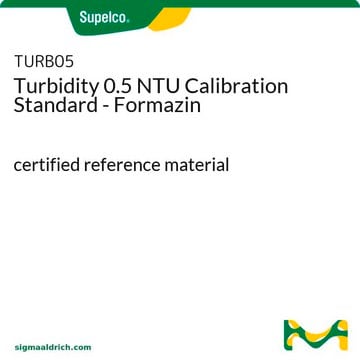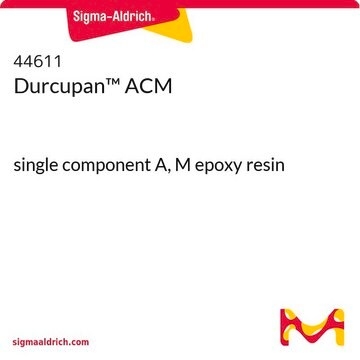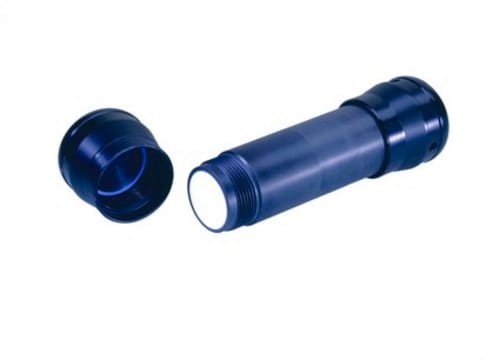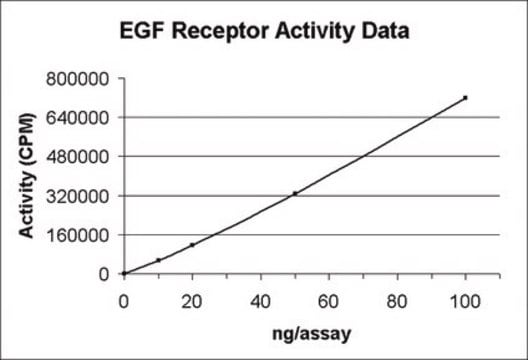AB16942
Anti-DR5 Antibody, CT
Chemicon®, from rabbit
Synonym(s):
Anti-CD262, Anti-DR5, Anti-KILLER, Anti-KILLER/DR5, Anti-TRAIL-R2, Anti-TRAILR2, Anti-TRICK2, Anti-TRICK2A, Anti-TRICK2B, Anti-TRICKB, Anti-ZTNFR9
About This Item
Recommended Products
biological source
rabbit
Quality Level
antibody form
affinity purified immunoglobulin
antibody product type
primary antibodies
clone
polyclonal
mol wt
calculated mol wt-47.88 kDa
observed mol wt ~55 kDa
species reactivity
human
manufacturer/tradename
Chemicon®
technique(s)
western blot: suitable
NCBI accession no.
UniProt accession no.
shipped in
wet ice
target post-translational modification
unmodified
Gene Information
human ... TNFRSF10B(8795)
Specificity
Immunogen
Application
Apoptosis & Cancer
Apoptosis - Additional
Whole cell lysate from HeLa or K562 cells can be used as a positive control .
Optimal working dilutions must be determined by end user.
Physical form
Storage and Stability
Other Notes
Concentration: Please refer to the Certificate of Analysis for the lot-specific concentration.
Legal Information
Disclaimer
Not finding the right product?
Try our Product Selector Tool.
recommended
Storage Class
10 - Combustible liquids
wgk_germany
WGK 2
flash_point_f
Not applicable
flash_point_c
Not applicable
Certificates of Analysis (COA)
Search for Certificates of Analysis (COA) by entering the products Lot/Batch Number. Lot and Batch Numbers can be found on a product’s label following the words ‘Lot’ or ‘Batch’.
Already Own This Product?
Find documentation for the products that you have recently purchased in the Document Library.
Our team of scientists has experience in all areas of research including Life Science, Material Science, Chemical Synthesis, Chromatography, Analytical and many others.
Contact Technical Service







